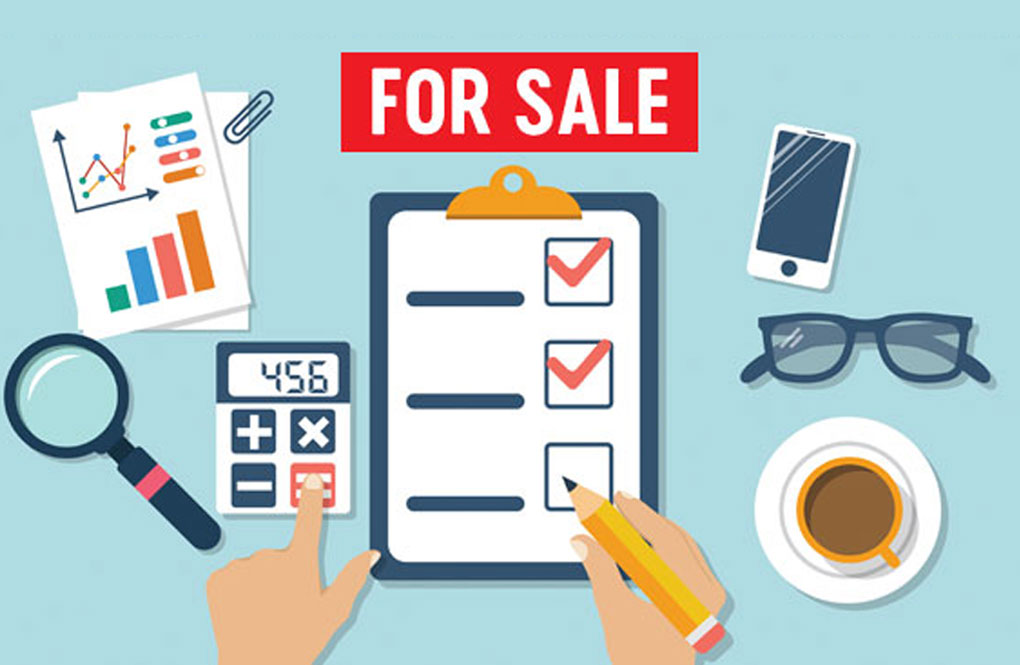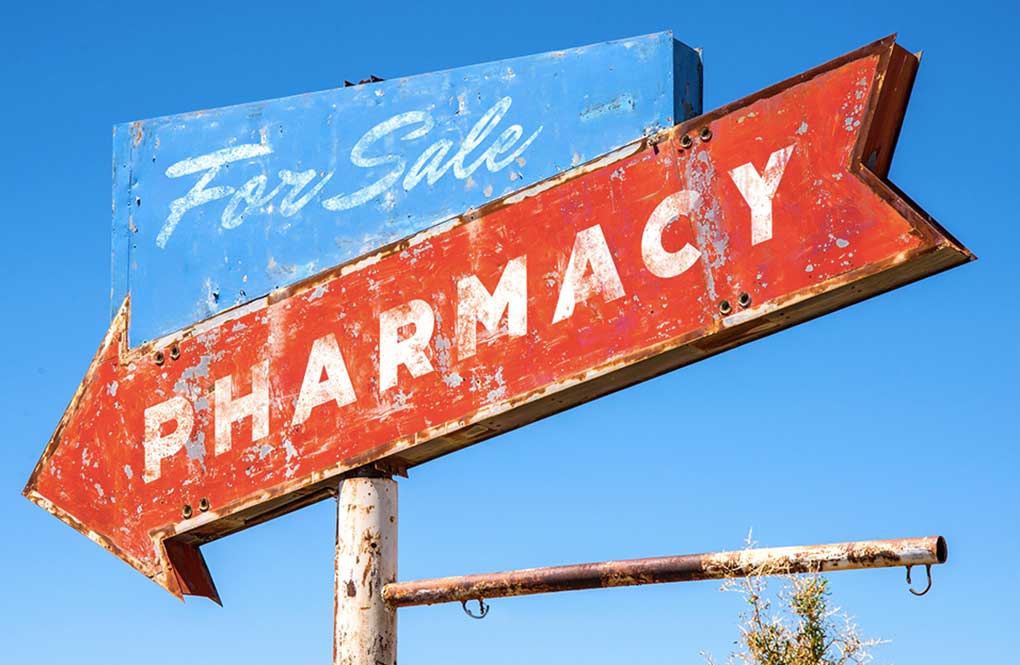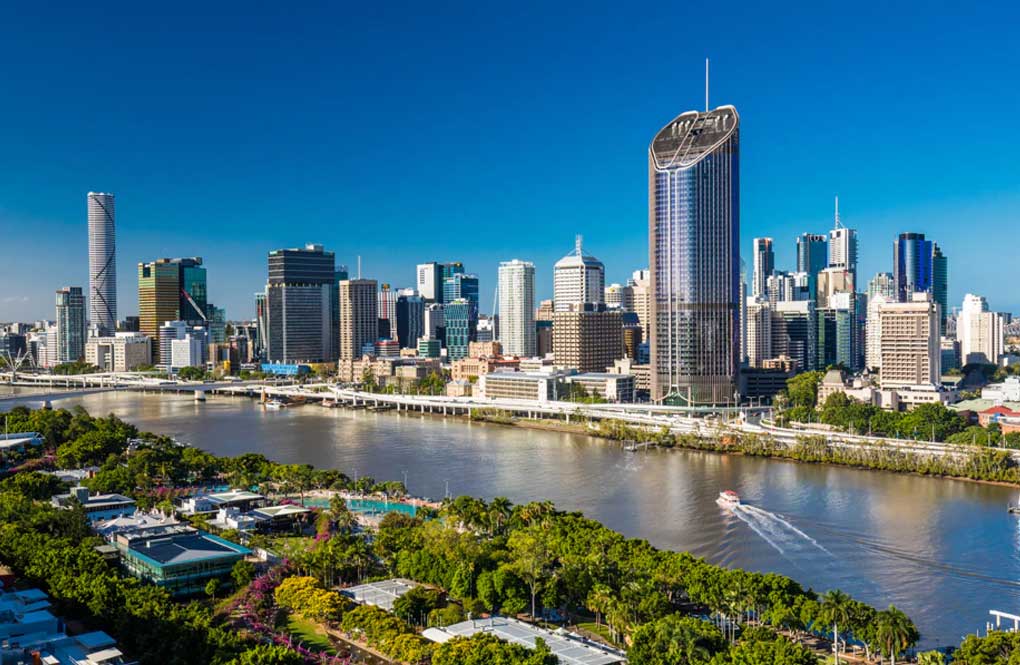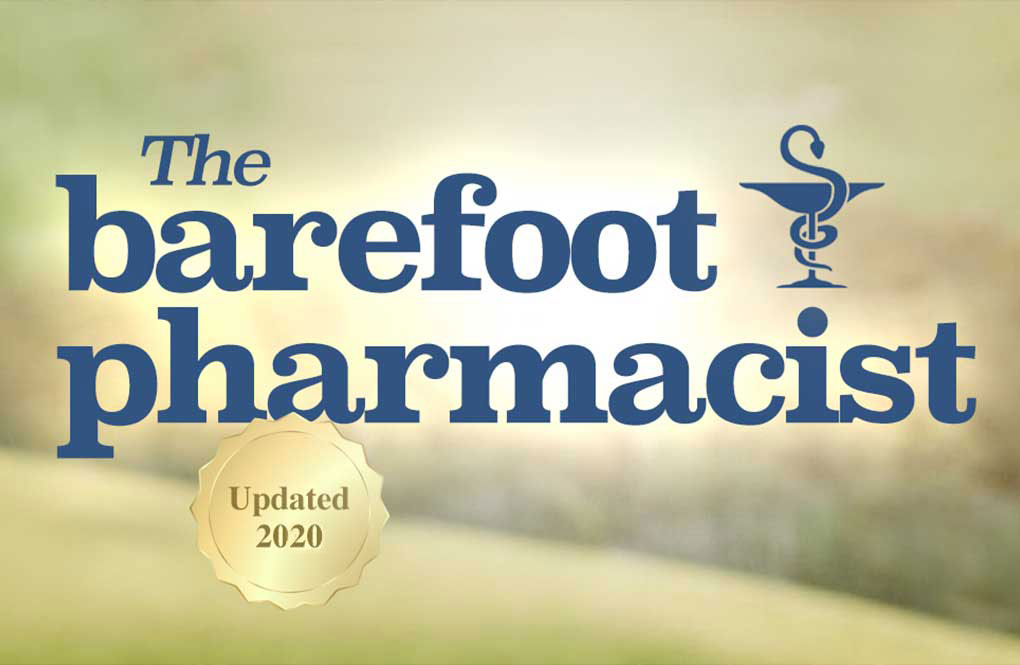As the COVID-19 infection curves start to flatten, many governments are cautiously talking about their plans for ‘re-opening’ their economies. Retailers are looking ahead to the new reality of what life might look like after the initial acute phase of this pandemic passes. The picture is far from certain.
In part, that is because – until a vaccine or therapy is developed and widely distributed – any efforts to reopen economies will likely be slow, inconsistent and localized. Governments will need to balance their deep desire to drive economic recovery against the very real potential of a resurgence or ‘second wave’ of infections. Most will err on the side of caution.
The picture is further obscured by changes in consumer behavior caused by the virus and related lockdowns. Many consumers don’t think they will feel comfortable returning to physical stores in the near future and some have no idea when they would return. In China – where stores have been open again for a few weeks – anecdotal findings suggest that retail foot traffic may be down as much as half from last year.
For the past few weeks and months, most retailers have been forced into a reactive position; initially responding to the crisis and working to stabilize the business and establish resilience in their day-day operations as new information becomes available and restrictions and realities shift.
Now, however, many are starting to think about the next two phases. The immediate recovery and in that context, refining and activating their roadmaps to move towards an eventual – albeit likely slow – move towards reopening for business. In parallel though, retailers and consumer goods companies should also be thinking about the next phase after recovery – the ‘new reality’ and how to adapt to the new world.
Recovery and reopening
What this crisis has made clear is that – once stores do start to reopen – they will be opening their doors to a very different retail environment. Most economists now agree that, even in the recovery phase, retail spend will be significantly depressed. Where growth does pick up, much will flow through digital channels; e-commerce adoption will continue to accelerate, as will the permanent closure of physical retail outlets.
The next few months, therefore, will be particularly challenging for retail and consumer goods executives. And the decisions they make in the next 6 weeks could define their business for the next 5 years. Having a plan for reopening in the recovery phase and adapting to the new reality will be critical.
Our view suggests that traditional planning approaches – characterized by multi-year plans, seasons and quarters – are far too inflexible and inefficient to support decision-making in these uncertain times. That is why we have been working with our retail and consumer goods clients to focus on five key areas that, in our opinion, will be critical to reopening the business and preparing for the new reality.
- Understand and model demand. Organizations need to estimate timelines for reductions in social restrictions by market, leverage the right data signals and analytics to achieve store and e-commerce forecasts and finally run detailed demand models and P&L and cash flow forecasting. Forecast scenarios for ramping up store-level traffic and product mix will be essential.
- Examine business models and partnerships. The capabilities to succeed in retail continue to expand and companies need to not only be good at buying and selling products but also things like online fulfillment, home delivery, data analytics, AI, machine learning and process automation. Many are looking to partner with platform companies to help deliver on some of these important capabilities. Also, an essential part of examining the business model is looking at the supply chain and what the associated risks are in each area.
- Rethink cost of doing business. Profit margins in the consumer and retail sector have been on the decline and further declines due to COVID-19 can be expected. Organizations need to recognize that conventional forms of cost cutting will not be enough and they’ll need to go further to return to profitability. For example, investments in new technologies to improve the efficiency of supply management.
- Demonstrate purpose. If consumer goods and retail companies cannot articulate why they are in business and how they contribute to the overall community, they will not have the legitimacy to exist as a business. Brands that embody their purpose through this crisis are not only generating good will and customer loyalty now, but putting people ahead of profits will serve them well in the years ahead.
- Know your customer. Those organizations that understood their changing customers’ needs during the unfolding crisis and understand the need to prepare for yet another shift in customers’ expectations, once countries come out of COVID-19, will be at a clear advantage. We see that further investments in customer loyalty programs, customer data and technologies aimed at making the shopping experience easier, safer and more efficient will be needed going forward.
Predicting the new reality
Given the ongoing market uncertainty, the best strategy retailers and consumer goods companies can take today is to improve their scenario planning and adapt their business model so that they can create a practical and efficient path to the new reality.
The digital world in the new reality will be vastly different than it was before. Research by Forrester revealed that the most successful organizations address eight fundamental capabilities that will help them to align and become a connected customer-centric organization and achieve growth. Given this, it’s important for organizations to assess and understand where to prioritize.
Our approach is to help retailers and consumer goods companies develop their market-back assessment, exploring the key market and economic perspectives, assessing the changes to consumer behavior and examining how competitors are positioning themselves for the economic downturn and recovery. From there, retailers and consumer goods companies should be building their base case, including baseline revenue projections and operational starting points.
The key is to develop multiple versions of what the future of the enterprise might look like, based on varying levels of initiative selection, timing and success, along with various levels of market optimism. With these new reality scenarios in mind, retail and consumer goods companies should be in a position to turn their models into an updated enterprise-wide, strategic direction based on financial aspirations for the new reality. More than ever, these organizational goals should not only be driven by growth opportunities but by balancing purpose and results.
No going back
While it is natural to yearn for a ‘return to normalcy’, all evidence suggests that this crisis has already fundamentally changed the way consumers interact with brands. Those planning to simply go back to the way things were will struggle to survive in the post-COVID-19 environment.
As consumer and retail organizations take preliminary steps to move from the reactive phase into the resilience phase, the picture of the new reality under COVID-19 remains unclear. But that does not mean that retailers and consumer markets brands can’t be taking steps to prepare for recovery and adapting to life after COVID.
By René Vader, Global Sector Head, Consumer & Retail, KPMG International; Paul Martin, Chair Global Retail Steering Group & UK Head of Retail, KPMG in the UK; Mark Schmeling, Sector Head Consumer & Retail, KPMG in the US; Linda Ellett, Sector Head Consumer & Retail, KPMG in the UK; Jessie Qian, Sector Head Consumer & Retail, KPMG China; and Anson Bailey, ASPAC Sector Head Consumer & Retail, KPMG China
Thank you to the following contributors – KPMG’s Global Strategy Group leaders in Consumer & Retail; Jean-Marc Liduena, KPMG in France; Scott Rankin, KPMG in the US; and Willi Sun, KPMG China













